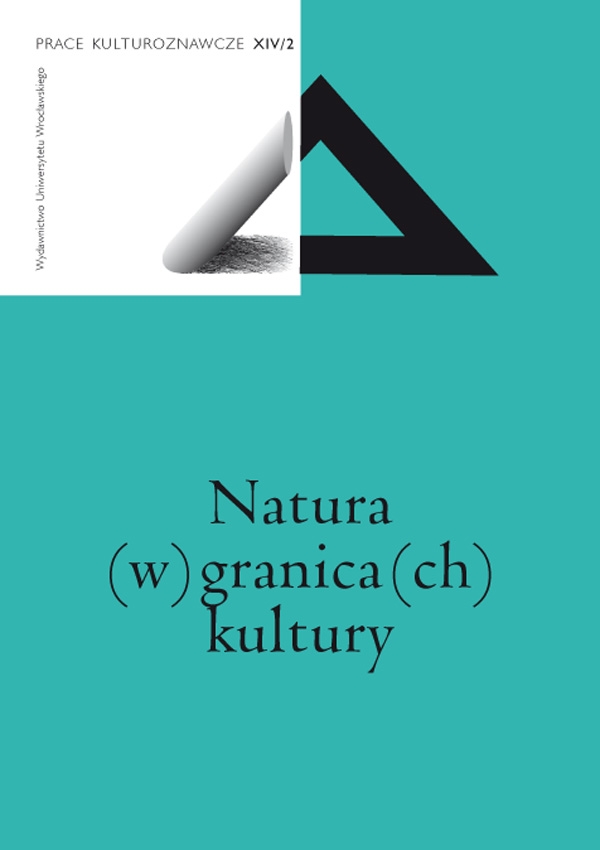

Przyroda

The robe of the globe. Cultural perception of geographical space in medieval cartography
The job of maps is to provide a graphic representation of space. As documents containing information about its physical properties, traditionally related to the domain of nature, for a long time they have remained beyond the interest of cultural studies. It needs to be remembered, though, that images placed in them are mental images born in the minds of their authors. Saturated with symbolic contents, medieval cartography provides examples of works clearly demonstrating that what was once intended to be an encyclopaedic representation of a geographical space may, in the course of description, re-structuring and re-valuation, become a cultural space. An attempt to follow their authors’ line of reasoning reveals an image of the world as a treasure trove of hidden hints and a meaningful space where the boundaries between nature and culture sometimes run differently than they do today, while the maps themselves, as J.B. Harley put it, turn out to be perspectives on the world at the time of their making.